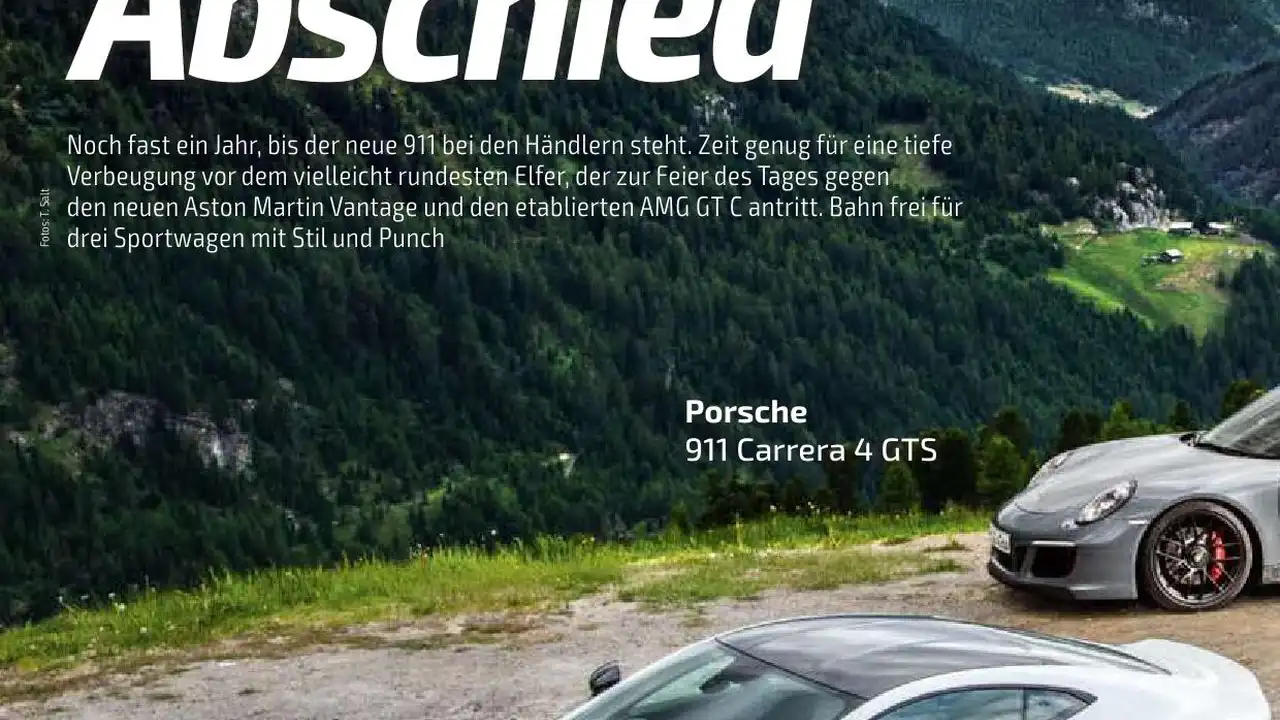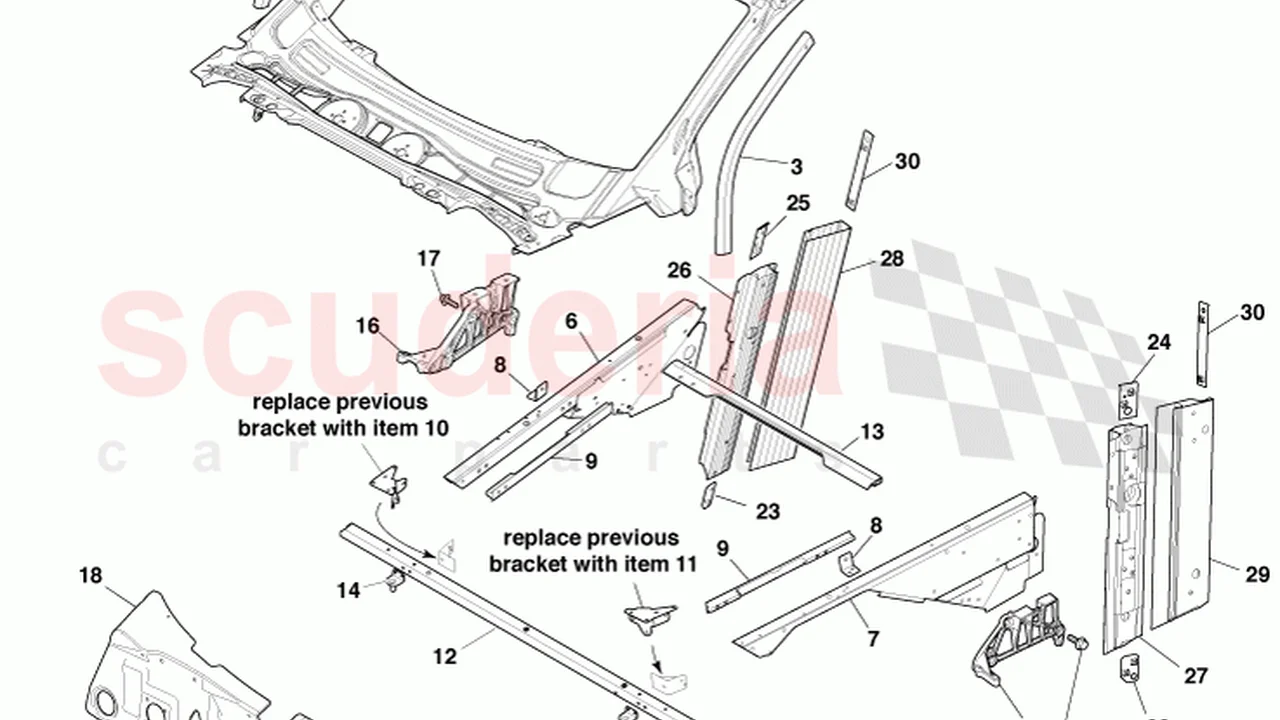Aston Martin DB5 Buyer's Guide What to Look For and Avoid
A comprehensive buyer's guide for the Aston Martin DB5. Essential tips on what to look for, common problems, and valuation advice.

So, you're thinking about buying an Aston Martin DB5? Good choice! It's not just a car; it's an icon, a symbol of British automotive excellence, and, of course, a Bond car. But before you dive headfirst into your dream, let's make sure you know what you're getting into. Buying a classic DB5 is a serious investment, and like any investment, you need to do your homework. This guide is here to help you navigate the world of DB5 ownership, from spotting potential problems to understanding market values.
Aston Martin DB5 History and Significance
The Aston Martin DB5, produced from 1963 to 1965, is arguably the most famous car in the world, thanks to its starring role in the James Bond films. It evolved from the DB4, featuring an enlarged 4.0-liter engine and various other improvements. Only around 1,059 DB5s were built, making them highly sought-after by collectors. Its association with 007 solidified its place in popular culture, driving up its value and desirability.
Understanding DB5 Variants and Specifications
There were a few different versions of the DB5. The standard coupe is the most common, but there was also a convertible and a rare shooting brake version. All DB5s came with a 4.0-liter inline-six engine, but different levels of tune were available. The standard engine produced around 282 bhp, while the Vantage version boasted 325 bhp thanks to triple Weber carburetors and revised camshafts. The five-speed ZF manual gearbox was standard, but a three-speed automatic was also offered.
Key Areas to Inspect When Buying a DB5
Alright, let's get down to the nitty-gritty. When you're looking at a DB5, there are several key areas you need to inspect very carefully:
Bodywork: Rust and Accident Damage
Rust is the enemy of any classic car, and the DB5 is no exception. Pay close attention to the lower sections of the body, including the sills, wheel arches, and around the headlights. Look for signs of bubbling paint or previous repairs. Accident damage can be difficult to spot, so check for mismatched paint, uneven panel gaps, and signs of filler. A magnet can be helpful in detecting filler, as it won't stick to areas that have been filled.
Engine and Mechanicals: Checking for Originality and Wear
The engine is the heart of the DB5, so it's crucial to ensure it's in good condition. Listen for any unusual noises, such as knocking or ticking. Check the oil pressure and temperature. Ideally, the engine should start easily and run smoothly. Originality is also important, as non-original parts can devalue the car. Check the engine number to ensure it matches the car's documentation. The gearbox should shift smoothly, and the brakes should be effective. Look for signs of leaks around the engine, gearbox, and differential.
Interior: Assessing the Condition of Leather and Trim
The interior of a DB5 is a luxurious place to be, but it's also prone to wear and tear. Check the condition of the leather seats, carpets, and headlining. Look for cracks, tears, or fading. The wood trim should be in good condition, with no signs of damage or delamination. Ensure all the gauges and switches are working correctly. Replacement interior parts can be expensive, so a well-preserved interior is a major plus.
Electrics: Ensuring All Systems are Functional
Classic car electrics can be notoriously unreliable. Check that all the lights, indicators, and wipers are working. Test the horn, radio, and any other electrical accessories. A wiring loom in poor condition can cause all sorts of problems, so look for signs of fraying or damage.
Common Problems to Look Out For in Aston Martin DB5
Even the most iconic cars have their quirks. Here are some common problems to be aware of:
* **Rust:** As mentioned earlier, rust is a major concern.
* **Engine Issues:** The engine can suffer from wear and tear over time, especially if it hasn't been properly maintained. Valve guide wear and oil leaks are common.
* **Gearbox Problems:** The ZF gearbox can be prone to wear, especially if it's been subjected to hard use.
* **Electrical Issues:** The Lucas electrical system is known for its unreliability.
* **Brake Problems:** The Dunlop disc brakes can be prone to fading and require regular maintenance.
Valuation and Market Trends of Aston Martin DB5
DB5 prices vary widely depending on condition, originality, and provenance. A well-restored, original DB5 can fetch millions of dollars. Even a project car will command a significant sum. Market trends are constantly evolving, so it's important to stay informed. Consult with classic car experts and auction results to get a sense of current values. The Bond connection significantly impacts the price, with cars that have been used in the films commanding a premium.
Essential Tools and Equipment for DB5 Inspection
When inspecting a DB5, it's helpful to have a few essential tools with you:
* **Magnet:** To check for body filler.
* **Torch:** To inspect hard-to-reach areas.
* **Inspection Mirror:** To see behind panels and under the car.
* **Compression Tester:** To assess engine health.
* **Multimeter:** To check electrical circuits.
* **Jack and Axle Stands:** To safely inspect the underside of the car.
Recommended Products for Aston Martin DB5 Maintenance and Care
Maintaining a DB5 requires the right products. Here are a few recommendations:
* **Oil:** Castrol Classic XL 20W-50 Engine Oil.
* **Usage:** This oil is specifically formulated for classic engines like the one in the DB5.
* **Comparison:** Compared to modern synthetic oils, it provides better protection for older engines with looser tolerances.
* **Price:** Approximately $80 per 5-liter container.
* **Coolant:** Evans Classic Cool 180 Waterless Coolant.
* **Usage:** This coolant eliminates the risk of corrosion and overheating.
* **Comparison:** Unlike traditional coolants, it doesn't contain water, which can cause rust and scale buildup.
* **Price:** Around $150 per 2-gallon container.
* **Cleaning Products:** Autoglym Car Cleaning Products.
* **Usage:** A range of products for cleaning and detailing the exterior and interior of the DB5.
* **Comparison:** Autoglym products are known for their quality and ease of use.
* **Price:** Varies depending on the product, but a complete kit can cost around $100.
* **Leather Conditioner:** Leatherique Rejuvenator Oil and Prestine Clean.
* **Usage:** To keep the leather seats supple and prevent cracking.
* **Comparison:** Leatherique products are designed to restore and protect classic leather.
* **Price:** Approximately $80 for a set.
The Importance of a Pre-Purchase Inspection by a Specialist
Before you commit to buying a DB5, it's essential to have it inspected by a specialist with experience in classic Aston Martins. They will be able to identify potential problems that you might miss and provide you with a detailed report on the car's condition. This could save you a lot of money and heartache in the long run.
Finding a Reputable Aston Martin Specialist
Finding the right specialist is crucial. Look for someone with a proven track record and good reputation. Ask for references and check online reviews. A good specialist will be able to provide you with a comprehensive inspection and expert advice.
Negotiating the Price of an Aston Martin DB5
Once you've found a DB5 that you're interested in, and you've had it inspected, it's time to negotiate the price. Be prepared to walk away if the seller is unwilling to negotiate fairly. Remember, there are other DB5s out there. Use the inspection report as leverage to negotiate a lower price if necessary. Be polite but firm, and don't be afraid to make a counteroffer.
Paperwork and Documentation: Ensuring Authenticity
Make sure the car comes with all the necessary paperwork, including the original registration documents, service records, and any other relevant documentation. Check the chassis number and engine number to ensure they match the paperwork. If possible, obtain a copy of the original build sheet from Aston Martin. This will provide you with a detailed record of the car's original specifications.
Owning a Piece of Automotive History
Buying an Aston Martin DB5 is more than just buying a car; it's owning a piece of automotive history. With careful research, thorough inspection, and proper maintenance, you can enjoy your DB5 for many years to come. Remember, it's an investment, but it's also a driving experience like no other. Happy motoring!
:max_bytes(150000):strip_icc()/277019-baked-pork-chops-with-cream-of-mushroom-soup-DDMFS-beauty-4x3-BG-7505-5762b731cf30447d9cbbbbbf387beafa.jpg)






